Serian – Checkpoint of the South
Serian is the southern Sarawak gateway to everywhere. As you come up from Kuching, the first sense of Serian is a giant roundabout adorned with a giant durian. This is the compass, heading to the Indonesian border at Tebedu in one direction and then the interior in another, up past Balai Ringin and on to Sri Aman, Betong, Sibu, and the rest of the state. Serian town is set to be a stop off on the Pan-Borneo Highway, still being carved out across the length of Sarawak in a frenzy of roadworks, but when it is done, it will be a straight shot at speed up into central Sarawak. Serian has always been a rest stop, the last place to get a cold drink before the expanse of the Ulu yawned ahead or the first stop in so-called ‘civilisation’ after several days in the interior. But as the accessibility improves and the prospect of an Indonesian capital in Kalimantan presents itself, Serian’s future fortunes are likely to become a key point of interest.
Serian itself is a small outpost, a hub that draws from every direction. It is a sleepy town with an amazing market, providing produce from all the surrounding areas and, of course, plenty of exciting eating opportunities. Although it offers a scenic walk around Lake Danu at its centre (despite the signs warning of crocodiles in the water!) and the opportunity to paddle in the Rancan pools, it is more commonly a jumping off point for a day trip, one in each direction. So here is an ideal two days on the way, with Serian at the centre.
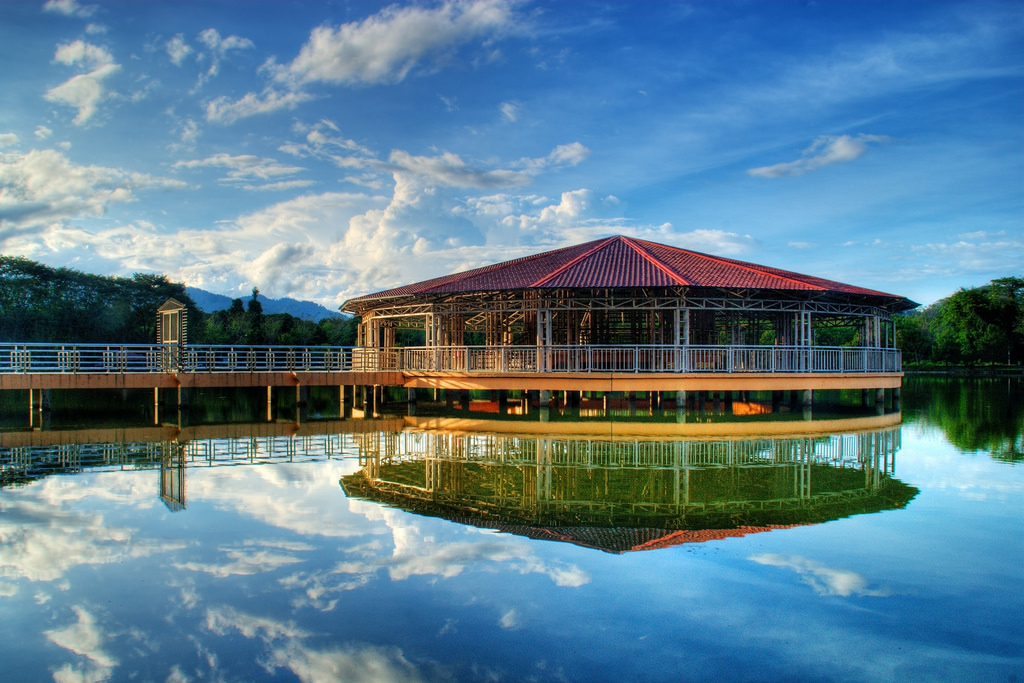
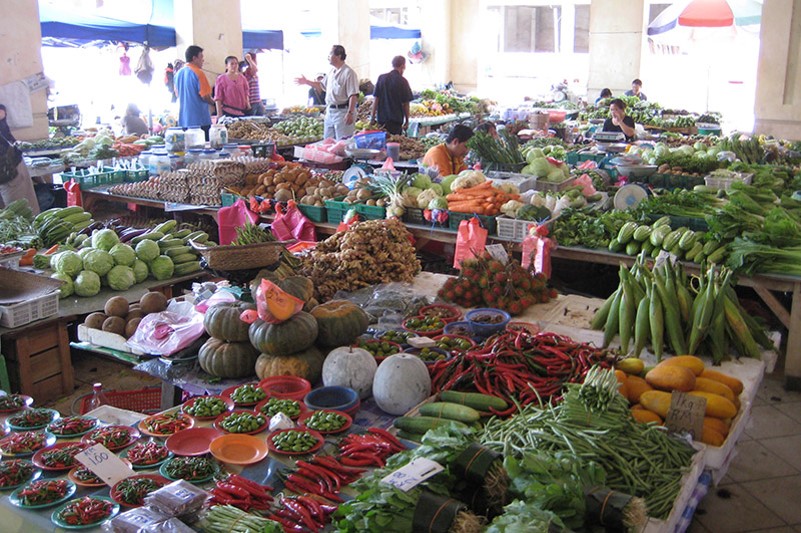
Day One – From Cat City to Durian Central
Serian is actually only an hour away from Kuching but, as is often the case in Sarawak, it is worth taking the long way round. Starting early in the morning to miss the Kuching traffic storm, aim to hit Tenth Mile by 08.00 for a slap up breakfast on the edge of the city. This will set you up perfectly for the feeding of another primate just a few miles down the road, and for a full day of animal, vegetable and mineral along the way.
Semenggoh Nature Reserve is really a must see stop in Sarawak. So close to Kuching and so easily accessed, the outcome is immeasurable – a once in a lifetime opportunity to get eyeball to eyeball with an orangutan. It is very carefully billed as orangutan in the ‘semi-wild’ and so it is, but most Sarawakians will go their whole lifetime without seeing a real one in the real wild, so Semenggoh is the best compromise, providing a habitat to rescued orangutan and their offspring and an opportunity for visitors to have one of the most magical encounters imaginable.
If your meeting with Sarawak’s most celebrated ape is not a spiritual enough experience, make your way to the second stop on the way to Serian at nearby Kampung Kuap. This is a beautiful Bidayuh kampung in the mid-morning sun, encircled by rolling hills and itself encircling one of the oldest churches in the state. St James’ Church is the second outstation church in Sarawak, consecrated in 1865 by the first Bishop of Kuching, Francis McDougall. It is uniquely Sarawak – a blend of gothic architecture recreated in local belian (Ironwood) – the pieces prefabricated offsite and then put together in place, originally even boasting a font crafted out of a giant clam shell.
But this gentle structure, suffused by light from its stained glass window, has overseen the Bidayuh community’s transition to Christianity over the last century, a transformation that subsequently stretched out across the state. Its antiquity and influence are palpable.
From the tranquility of Kuap, we move on to a place of crocodiles and communists. Now a sprawling suburban town of shophouses and schools, in fact, the first Siburan was on top of the hill behind it, renamed Sentah, a charming country kampung with commanding views of the city. But the Siburan below has had a checkered history under Operation Hammer, created to control the communist conflict of the 1960s. After attacks stretching from the border at Tebedu all the way up past Serian, carried about by Indonesian forces opposed to British meddling in the recent formation of Malaysia, in cahoots with the Sarawak Communist Organisation, the British Acting Commissioner of Police in Sarawak, Sir David Goodsir, implemented a massive relocation plan. This was ostensibly to protect the Chinese community in the area from the communist threat but equally a way to starve out its support.
By 1965, nearly 8,000 people, mostly Hakka farmers from the rural areas around Kuching, had been forcibly rehomed into three new townships – Siburan, Beratok and Tapah – controlled by a curfew from 6am to 6pm, enforced within a brutal barbed wire fence. This continued until well into the 1970s but eventually, the gates opened and Siburan was steadily liberated, expanding into the urban centre which can be seen today. Its ‘communist’ past is entirely unmarked, however, and most visitors now stop here to commune with crocodiles. The collection at Jong’s Crocodile Farm was started in the same year as the Indonesian Confrontation, and the initial family of six has grown into a group of 500, housed alongside a whole array of other species from birds to bears. This is very much a zoo, massed animals seen through a fence, but there is something satisfyingly sinister about seeing the piles of crocodiles, somnolent in the sun, especially after a macabre wander through the crocodile museum where the skull of Sri Aman’s famous man-eater, Bujang Senang, is proudly on show.


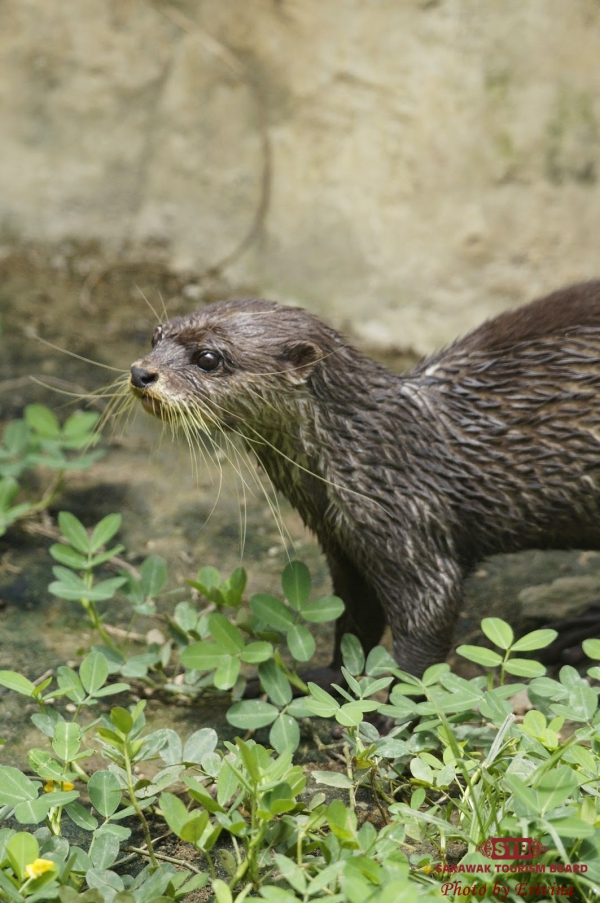
Following feeding time at the Crocodile Farm, it might be time to feed yourselves, so stop at the hawker centre at Beratok, the next ‘communist’ new town along the way. This is the heartland of the Hakka farmer and Beratok can feed you the freshest vegetables under a burnished sky. Go veggie after your last visit, feasting on ferns, shoots and sweet leaves (cangkok manis) as you prepare yourself to sink into the last stop on the way. After a day of multiple animals and multiple vegetables, it is time for mineral and the waters at Panchor hot springs, which bubble up from the ground already heated, are loaded with their healing properties. Soak in one of the several ponds and wait for the fireflies to appear in the trees to the symphony of several frog species. You’ll never get a better night’s sleep in Serian itself than after a day such as this.
Day two – to the border and back
The border between Tebedu (on the Sarawak side) and Entikong (on the Indonesian) is the busiest overland border in Borneo and looks set to explode with activity as plans continue apace to relocate Indonesia’s capital to Kalimantan. This has been mooted as a possibility for many decades but finally seems certain to happen soon. Entikong is the gateway to Pontianak, Singkawang and the gigantic expanse of land that makes up Indonesian Borneo. But people have been crossing this border for centuries, with many Bidayuh sharing age-old family ties across the mountains that separate one newly made country from another.
Setting off from Serian, stomach full, the straight run through this border zone is characterized not just by crocodiles and communists, but also by plenty of caves. The limestone peaks that separate Sarawak and its neighbour are singularly suited to carving out underground caves and two stand out as of particular interest, though you are unlikely to cover both in a day. Be prepared for some serious cavernous solitude, in every sense. These are silent spaces, unlit and almost undiscovered, both a trek into the jungle and then a further journey underground into the damp interior of each mountain. A day in the dark might seem like an odd choice for all sun-worshippers travelling to the tropics, but anyone looking for a Sarawak experience like no other has got to get down in a cave.
Reached first, to the right, from the Serian Tebedu road, is the turn off for Gua Sireh, just an easy half hour hike from Kampung Bantang. This cave is an archaeological wonder, not just known for its shape but also for the shelter it has given to its various occupants. Besides the bats, snakes and swiftlets, it has also housed early humans, evidenced by the ancient artwork on its walls and the various artefacts recovered from the ground, dating occupancy to around 20,000 years ago. The alternative to Sireh is the elusive Gua Silabur, a little further down the Serian-Tebedu road and this time to the left. This cave is probably a cut above for the caving enthusiast, not least for the tough hour-long hike needed to reach the mouth. But once inside, it is a clash of contrasts – light and dark, rough and smooth, isolated and yet teeming with life. This is no grey cave. In fact, it is commonly dubbed the Jade Cave thanks to the glorious green shades on the cave walls.
Emerging blinking into the sunlight from a soundless cave, the stomach is likely to be growling loudly and so begins a tour around the several centres of rural Serian. The first stop is Tebakang where you get the chance to fill your bellies. We return to crocodiles here, not as a food group but rather as the by-product of the food group in question. Tebakang is the home of the udang gala, the giant river prawn, and the holy grail of many Sarawakian stomachs, including that of the crocodile which infests the Sadong River in search of the delicacy. So swimming in Tebakang is absolutely not advised! Instead, admire the Sadong as it drifts by from the safety of the traditional wooden shophouses along its banks and feast on the predator’s preferred food.
All this will set you up for a decent drift round Bidayuh country. Admire the rice barns at Kampung Pichin as you pass by, relish the limestone mountains in the distance as you race towards the border, and enjoy the passing countryside, tended by Bidayuh farmers since time immemorial. From here, you can head for the border at Tebedu or skirt it by taking the very long way round through Mujat, Mongkos and Mentu Tapu. The last was the research base of God Professor of Anthropology, WR Geddes, whose two years of research was condensed into ‘Nine Dayak Nights’, a fascinating account of the traditional life of the Land Dayak of this village. In neighbouring Mongkos, which hosts its own homestay, see a Bidayuh longhouse, constructed in belian and bamboo, and still riddled with bullet holes from a confrontation during Confrontation. Occasionally, in the late afternoon, a motorcycle might appear from up in the mountains near Mongkos as the Bidayuh from the outside cross over on a more peaceful mission of trade.
The long way will take you round through rolling countryside until you pop out just north of town on the Serian/Sri Aman road, in a perfect position for a late dip at the Rancan pools (or possibly early morning if you opted for overnight at Mongkos), from where passage awaits in many directions. But, whether you carry on into the interior or head back to the heart of Kuching, a stop off in Serian is worth the stay – the central point on a journey filled with crocodiles, communists and the quiet of caves.
Gua Sireh:
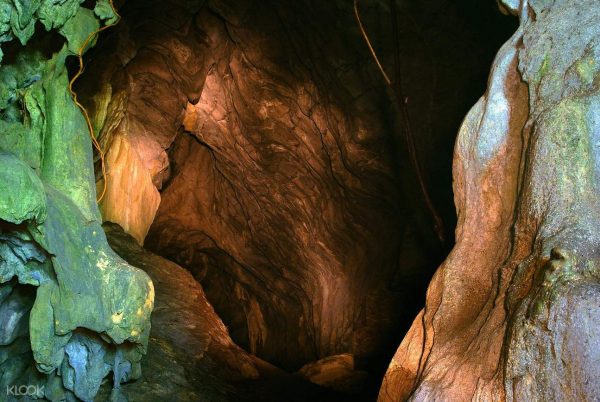
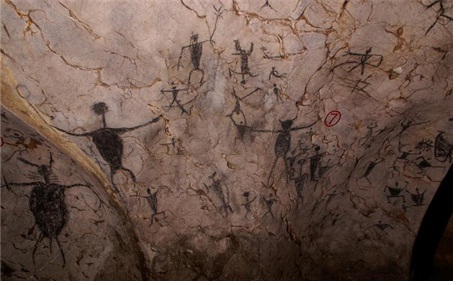
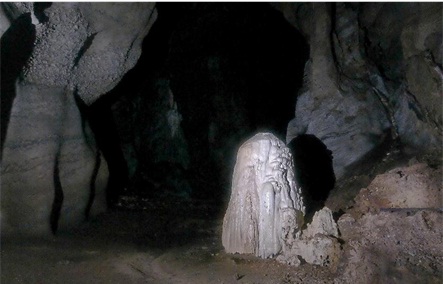
The White Princess

Batu Raja

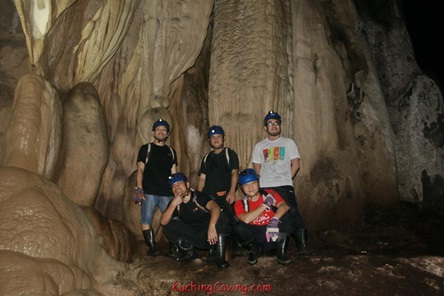

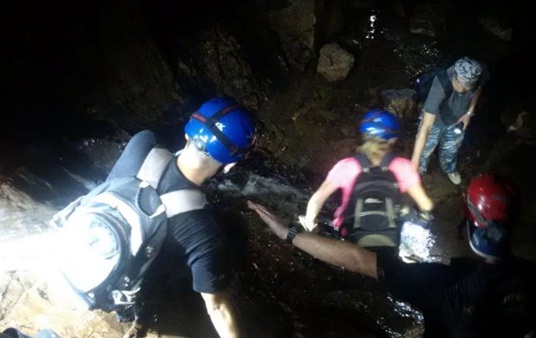
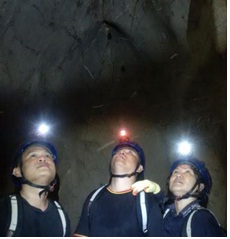
Written by: Karen Shepherd
Related article:
Kuching Caving | Gua Sireh & Broken Jar